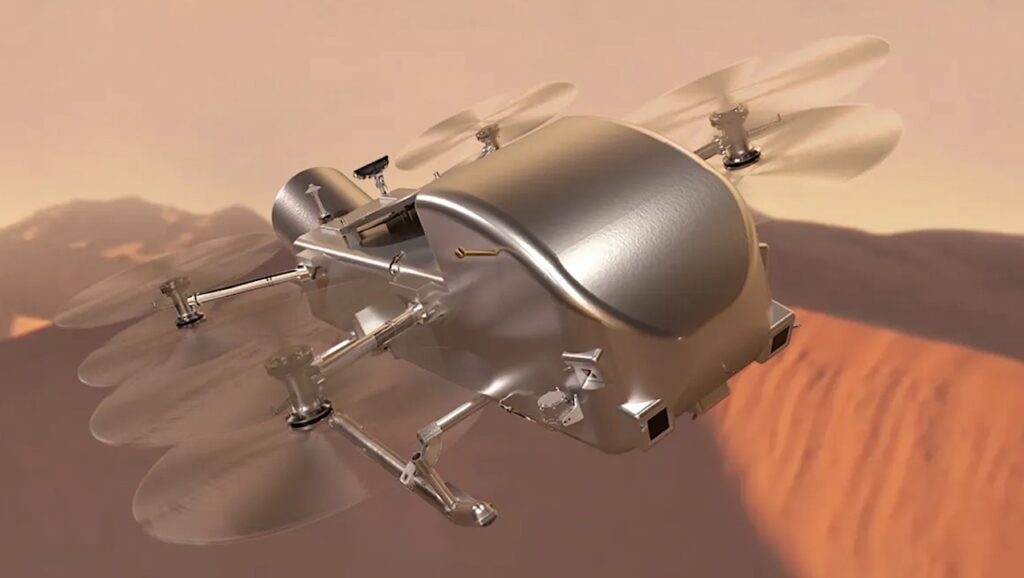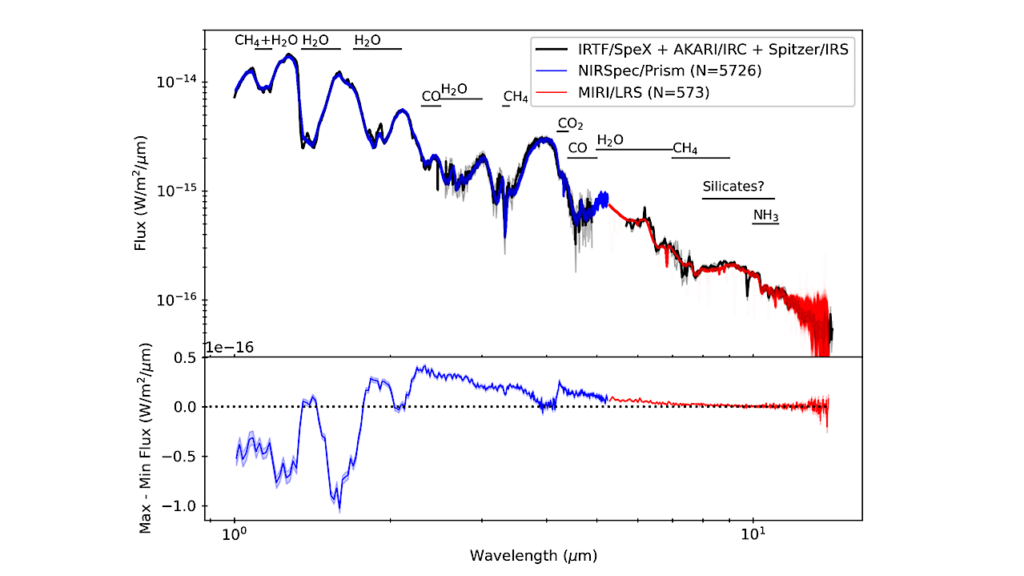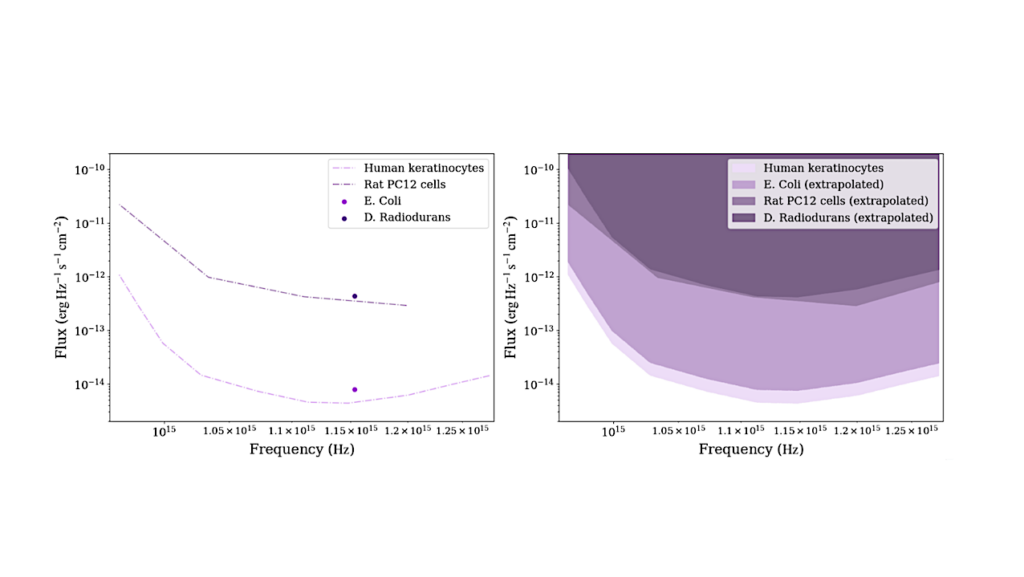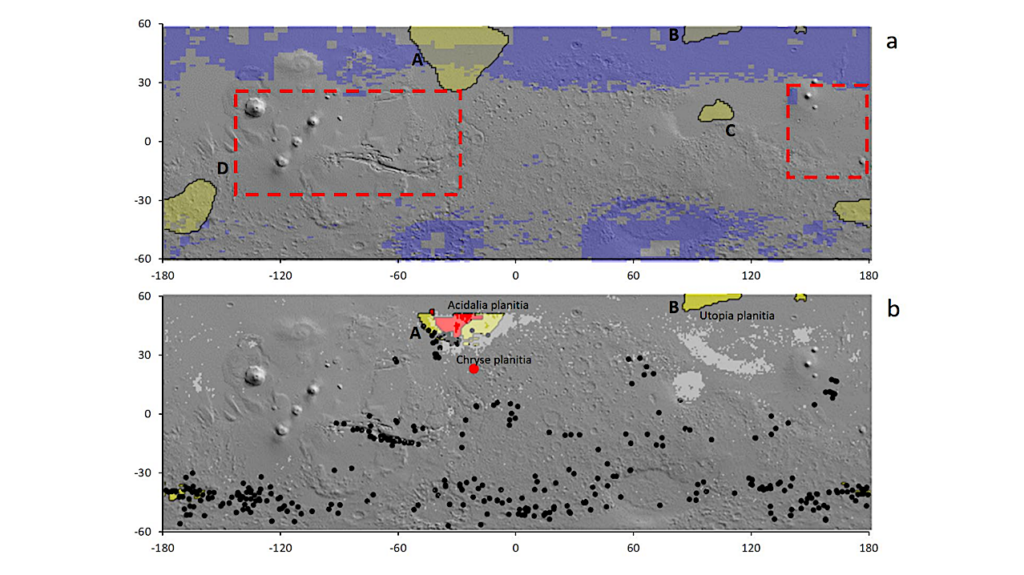The Interior And Atmosphere Of The Habitable-zone Exoplanet K2-18b

Exoplanets orbiting M dwarfs present a valuable opportunity for their detection and atmospheric characterisation. This is evident from recent inferences of H2O in such atmospheres, including that of the habitable-zone exoplanet K2-18b.
With a bulk density between Earth and Neptune, K2-18b may be expected to possess a H/He envelope. However, the extent of such an envelope and the thermodynamic conditions of the interior remain unexplored. In the present work, we investigate the atmospheric and interior properties of K2-18b based on its bulk properties and its atmospheric transmission spectrum. We constrain the atmosphere to be H2-rich with a H2O volume mixing ratio of 0.02−14.8%, consistent with previous studies, and find a depletion of CH4 and NH3, indicating chemical disequilibrium. We do not conclusively detect clouds/hazes in the observable atmosphere. We use the bulk parameters and retrieved atmospheric properties to constrain the internal structure and thermodynamic conditions in the planet.
The constraints on the interior allow multiple scenarios between rocky worlds with massive H/He envelopes and water worlds with thin envelopes. We constrain the mass fraction of the H/He envelope to be ≲6%; spanning ≲10−5 for a predominantly water world to ∼6% for a pure iron interior. The thermodynamic conditions at the surface of the H2O layer range from the super-critical to liquid phases, with a range of solutions allowing for habitable conditions on K2-18b. Our results demonstrate that the potential for habitable conditions is not necessarily restricted to Earth-like rocky exoplanets.
Nikku Madhusudhan, Matthew C. Nixon, Luis Welbanks, Anjali A. A. Piette, Richard A. Booth
(Submitted on 25 Feb 2020)
Comments: ApJ Letters, in press
Subjects: Earth and Planetary Astrophysics (astro-ph.EP)
Cite as: arXiv:2002.11115 [astro-ph.EP] (or arXiv:2002.11115v1 [astro-ph.EP] for this version)
Submission history
From: Madhusudhan Nikku
[v1] Tue, 25 Feb 2020 19:00:00 UTC (683 KB)
https://arxiv.org/abs/2002.11115
Astrobiology








